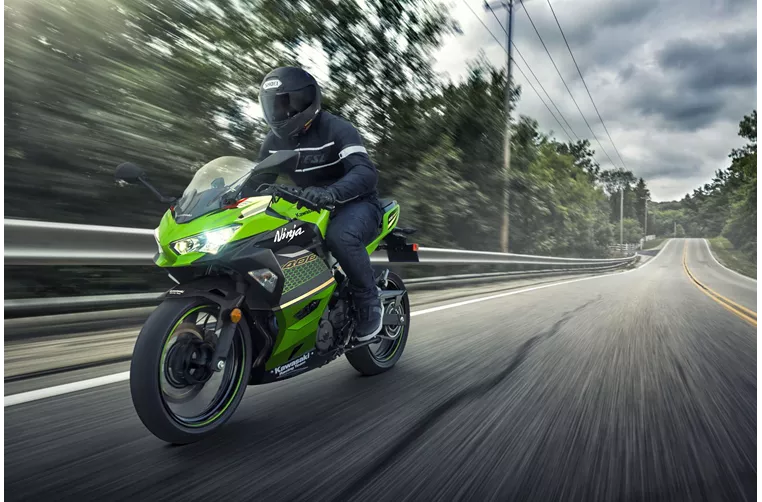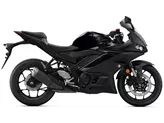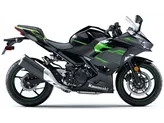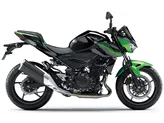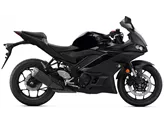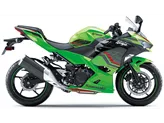Kawasaki ER-6n 2011 vs. Kawasaki Ninja 400 2020

Kawasaki ER-6n 2011
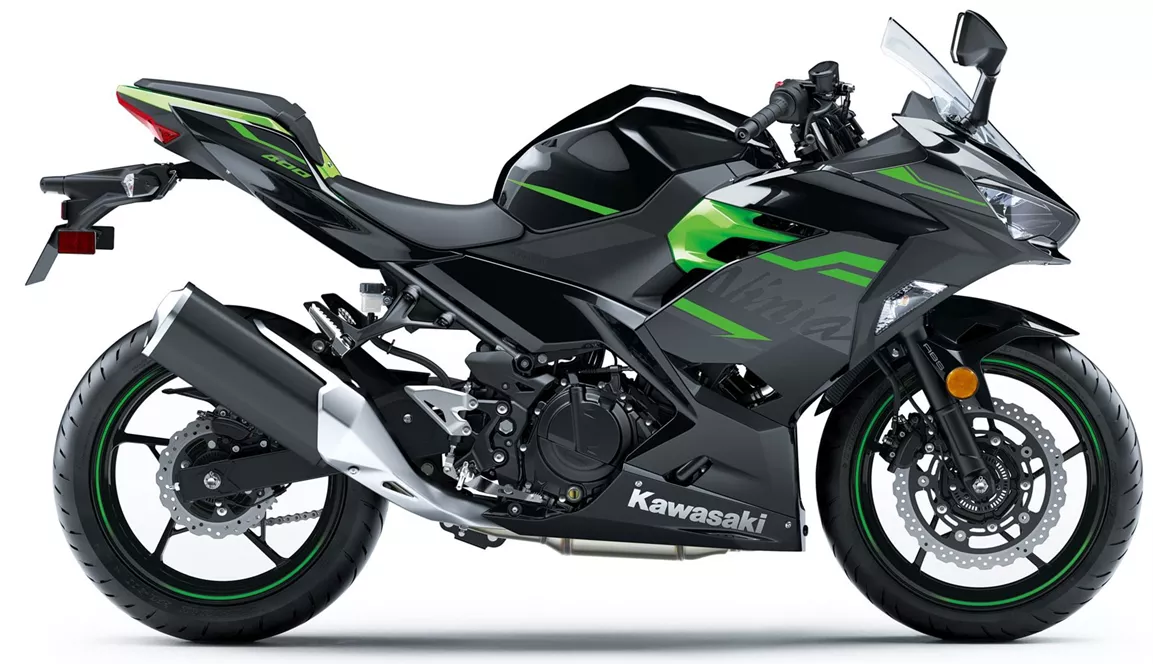
Kawasaki Ninja 400 2020
Loading...
Overview - Kawasaki ER-6n 2011 vs Kawasaki Ninja 400 2020

Kawasaki ER-6n 2011
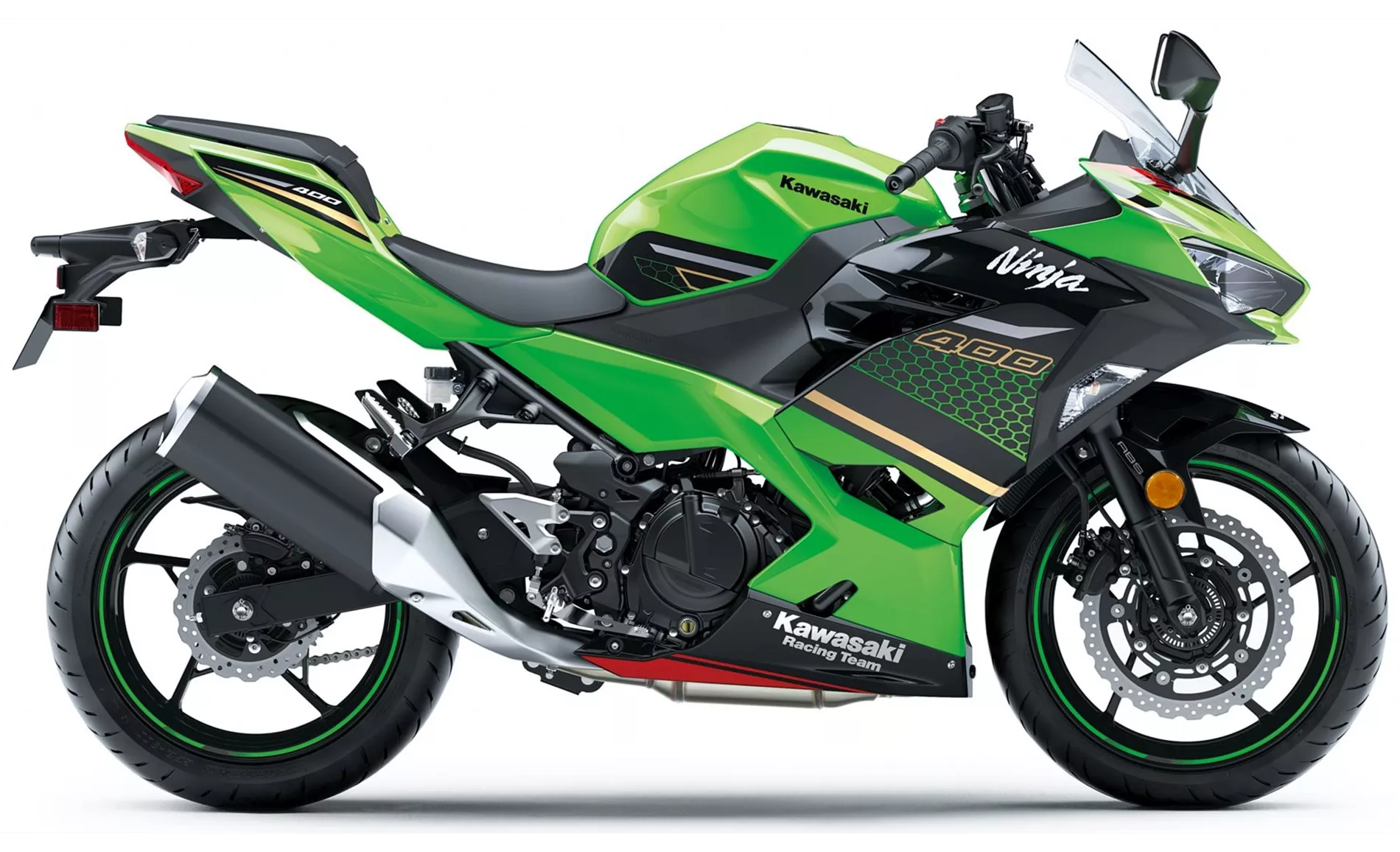
Kawasaki Ninja 400 2020
Technical Specifications Kawasaki ER-6n 2011 compared to Kawasaki Ninja 400 2020
Pros and Cons in comparison
Pros and Cons in comparison
Kawasaki ER-6n 2011

You won't find such a coherent package with such fine details anywhere else at this price. The ER-6n has become a little sharper again, both visually and dynamically, and is more fun than ever.
Kawasaki Ninja 400 2020
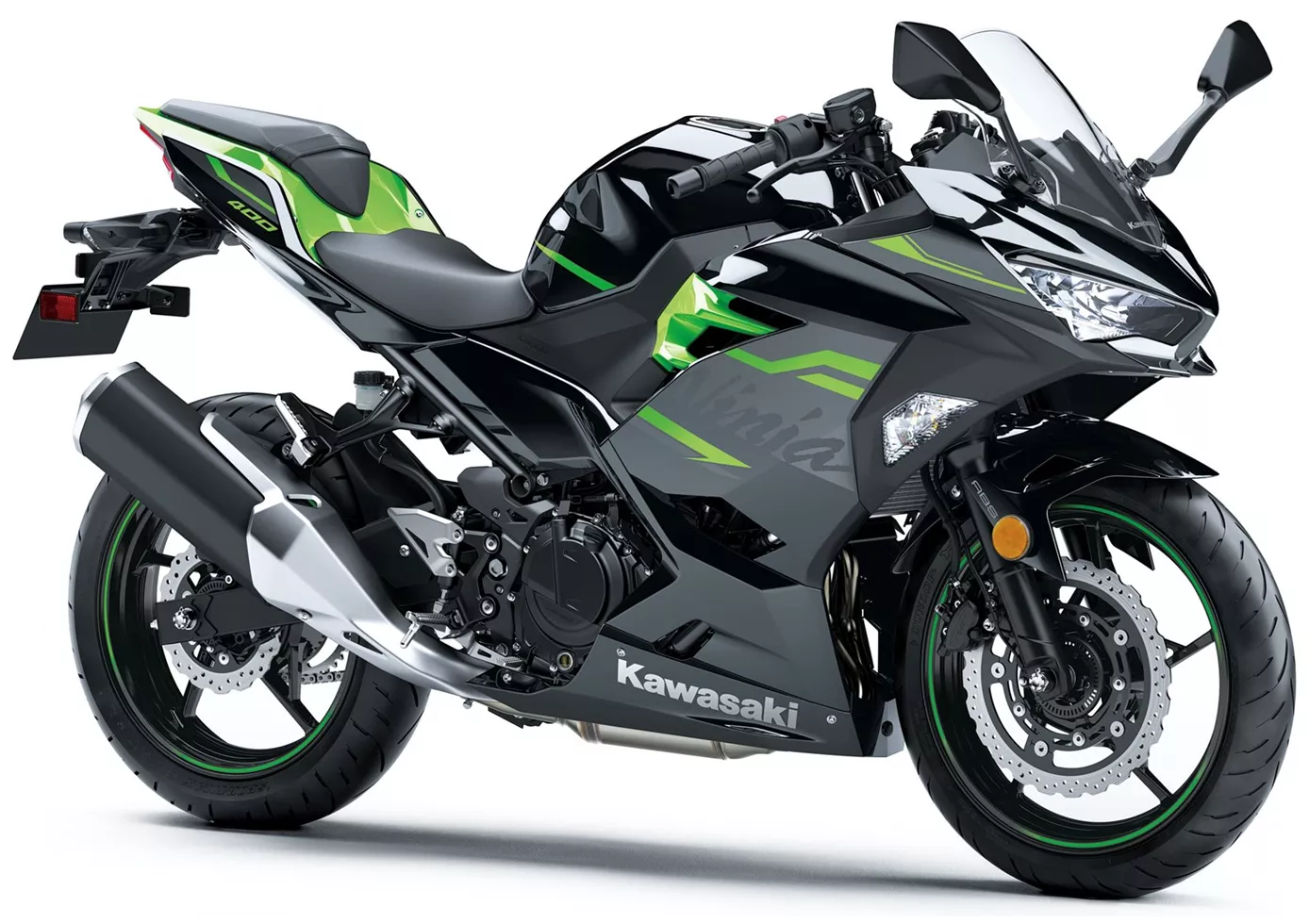
In summary, the Ninja 400 could be described as the perfect entry into the supersport world. You can't get more power with A2, the looks suggest much more power, the vehicle is playful to ride, is forgiving in every respect and still allows a really sporty riding style. Those who had legitimate concerns about the lack of power on the various 250 cubic machines now have no more excuses. Ninja 400, it's good to have you!
Price Comparison Avarage Market Price Kawasaki ER-6n vs Kawasaki Ninja 400
Price Kawasaki ER-6n
Model year
Current average market prices
Price Kawasaki Ninja 400
Model year
Current average market prices

